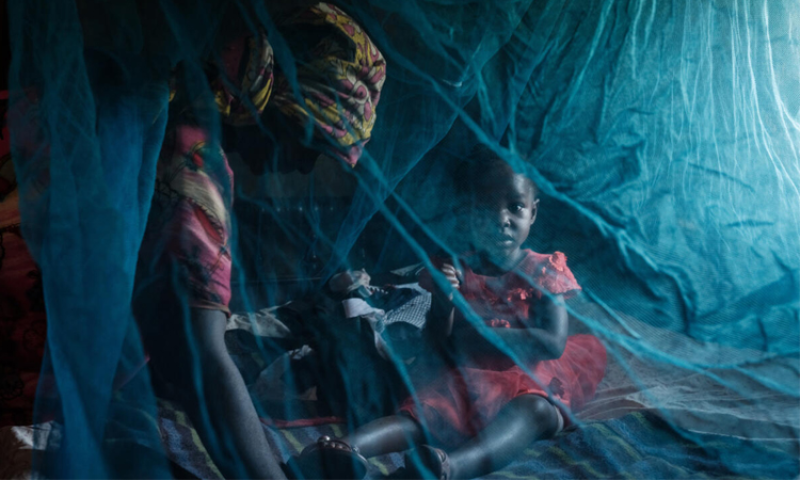- Five Shariah Banks to Merge Into State-run Sammilito Islami Bank |
- Dhaka’s air ‘unhealthy for sensitive groups’ Wednesday morning |
- US proposes that the UN authorize a Gaza stabilization force for 2 years |
- Democrat Zohran Mamdani is elected New York City mayor |
- Martyr Mugdha's brother Snigdha steps into politics with BNP |
Malaria Fight Stalls as Climate and Population Threaten Gains

Malaria Fight Stalls as Climate and Population Threaten Gains
After two decades of progress, the fight against malaria has stalled, with climate change and population growth among the key factors threatening a resurgence of the deadly disease, campaigners warned Tuesday.
Insufficient funding for increasingly costly prevention programmes is putting efforts to combat the mosquito-borne illness at risk, potentially costing hundreds of thousands of lives and billions of dollars.
The impact will be felt most acutely in Africa, which accounts for 95 percent of malaria cases. The disease claimed 590,000 lives worldwide in 2023, according to a report by the African Leaders Malaria Alliance (ALMA) and Malaria No More UK.
Several African countries reported surges in malaria cases between January and June 2025 following heavy rainfall. While malaria mortality had halved over the past two decades, progress has now stalled, the report noted.
“A perfect storm of climate change, rising drug and insecticide resistance, trade disruptions, and global insecurity further undermines malaria interventions,” it said.
Globally, there were around 263 million cases of malaria in 2023, an increase of 11 million from the previous year, according to the UN World Malaria Report 2024.
Spreading threats
“Increases in temperature and flooding due to climate change have created more mosquito breeding sites,” said ALMA Executive Secretary Joy Phumaphi. In Rwanda, breeding now occurs at higher altitudes than previously, she added.
The malaria-carrying Anopheles stephensi mosquito, originally from Asia, has also spread into Africa, while insecticide resistance has risen. New-generation prevention tools, such as dual-insecticide mosquito nets and drones dispersing larvicides, are effective but more expensive.
Africa’s population has nearly doubled in the past 30 years, adding further strain. “It’s more costly, but we also have to protect a larger population,” Phumaphi said.
Malaria remains most prevalent in Nigeria and is a leading cause of absenteeism among workers and students, as well as cognitive disruption in children. Eliminating the disease could deliver significant economic benefits, including higher productivity and tourism revenue.
Current vaccines in use across 23 African countries offer around 40 percent efficacy and must be combined with other prevention measures. A new vaccine in human trials hopes to achieve up to 80 percent efficacy.
Funding models indicate that halting all prevention interventions could cost Africa $83 billion in lost GDP by 2030, alongside 525 million additional cases and nearly 1 million extra deaths on top of the already high annual toll.

